Understanding the Modern Athletic Footwear Landscape: Trends and Technological Advancements
The global market for athletic footwear continues to evolve rapidly, driven by consumer demand for enhanced performance, comfort, and sustainable manufacturing practices. Emerging trends indicate a significant shift towards integrating advanced material science and biomechanical engineering to create shoes that not only support athletic endeavors but also contribute to overall well-being. This includes innovations in lightweight yet durable outsoles, responsive midsole technologies like advanced EVA (Ethylene-vinyl acetate) and MD (Phylon, a form of compression-molded EVA), and breathable, adaptive upper materials such as engineered fabrics. The emphasis is increasingly on footwear that offers a bespoke feel, adapting to individual foot mechanics and varying activity levels. Furthermore, the rise of conscious consumerism has propelled manufacturers to adopt eco-friendly production methods, utilizing recycled content, reducing waste, and minimizing the environmental footprint throughout the supply chain. This comprehensive approach ensures that new athletic shoes deliver superior functional benefits while aligning with broader sustainability goals.
Technological advancements are pivotal in shaping the future of athletic footwear. We are seeing a proliferation of data-driven design, where insights from biomechanical analyses and real-world performance metrics inform every stage of development. This allows for the precise calibration of cushioning, stability, and energy return, critical factors for athletes and everyday users alike. For instance, advanced injection molding techniques enable the creation of complex sole geometries that optimize grip and flexibility without compromising durability. Manufacturers are also exploring additive manufacturing (3D printing) for custom components, allowing for unprecedented levels of personalization and rapid prototyping. The integration of smart sensors into athletic shoes is another burgeoning area, providing wearers with real-time feedback on gait, impact forces, and performance metrics, thereby enhancing training efficiency and injury prevention. This convergence of material science, digital fabrication, and intelligent technology is redefining what is possible in performance footwear, leading to the development of highly specialized products tailored for diverse athletic needs, from marathon running to cross-training and casual wear.
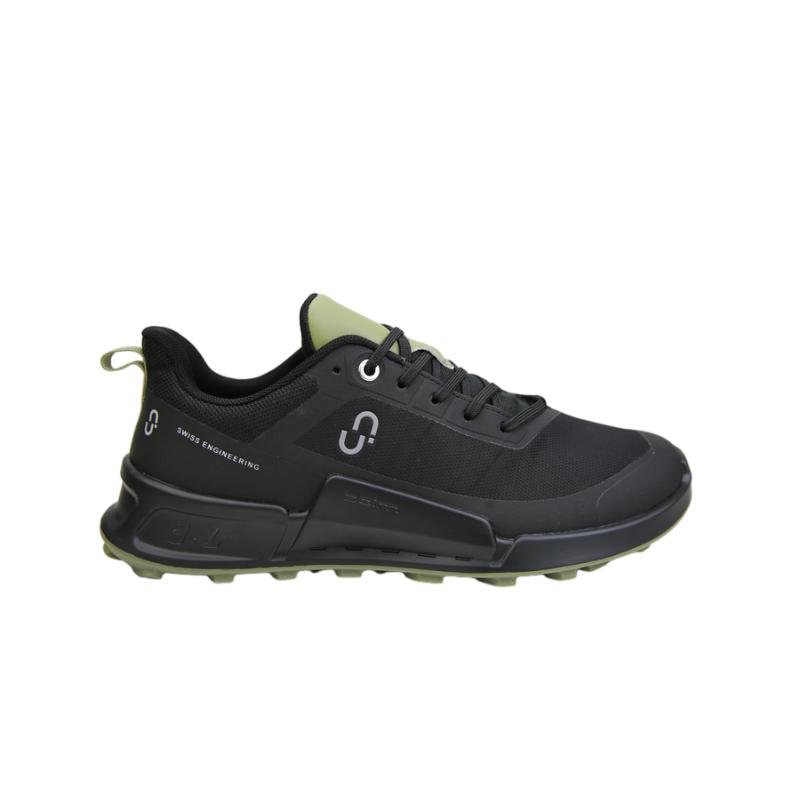
The demand for mens athletic footwear specifically highlights a growing segment that values robust construction, ergonomic design, and versatility for various activities, from intensive sports to everyday casual use. Consumers in this category often seek features such as enhanced arch support, reinforced toe caps, and multi-directional traction patterns tailored for male biomechanics. The trend also indicates a preference for aesthetically pleasing designs that seamlessly transition from the gym to urban environments, emphasizing minimalist yet functional aesthetics. Companies are responding by developing versatile lines that blend performance attributes with lifestyle appeal, ensuring that mens athletic footwear provides both optimal support during physical exertion and a fashionable statement in daily life. This dual focus on utility and style necessitates meticulous attention to detail in material selection and manufacturing, ensuring that each pair meets rigorous standards for comfort, durability, and performance.
Manufacturing Excellence: The Precision Process of Athletic Footwear Production
The production of high-quality athletic footwear like our Fashion Sneakers with Fabric Lining and EVA/MD Insole LW-A23076 involves a meticulous multi-stage manufacturing process, ensuring both performance and durability. It commences with precise material sourcing, selecting premium fabrics for the upper lining and durable synthetic or textile blends for the outer shell to ensure breathability and flexibility. The midsole, a critical component for cushioning and support, is typically crafted from EVA (Ethylene-vinyl acetate) or MD (Phylon), lightweight and resilient polymer foams engineered for optimal shock absorption and energy return. Outsoles, responsible for grip and longevity, are often made from specialized rubber compounds. Each component undergoes rigorous quality checks before production commences, adhering to international standards such as ISO 9001 for quality management and ASTM standards for material performance where applicable.
The manufacturing process for our athletic shoes follows a structured approach, beginning with design and pattern creation using advanced CAD/CAM software to ensure precision. Materials are then cut using automated CNC cutting machines, minimizing waste and ensuring consistency. The upper assembly involves skilled stitching and bonding techniques to create the shoe's shell, including the fabric lining. Following this, the upper is stretched and shaped over a last – a foot-shaped mold – in a process known as lasting, which defines the shoe's final form and fit. Concurrently, midsoles are compression-molded from EVA or MD granules, and outsoles are either molded or cut from rubber sheets. The final critical stage is the attachment of the sole unit to the lasted upper, primarily through strong adhesive bonding (cementing). This entire sequence emphasizes precision and quality control at every step, from initial material inspection to the final assembly and finishing.
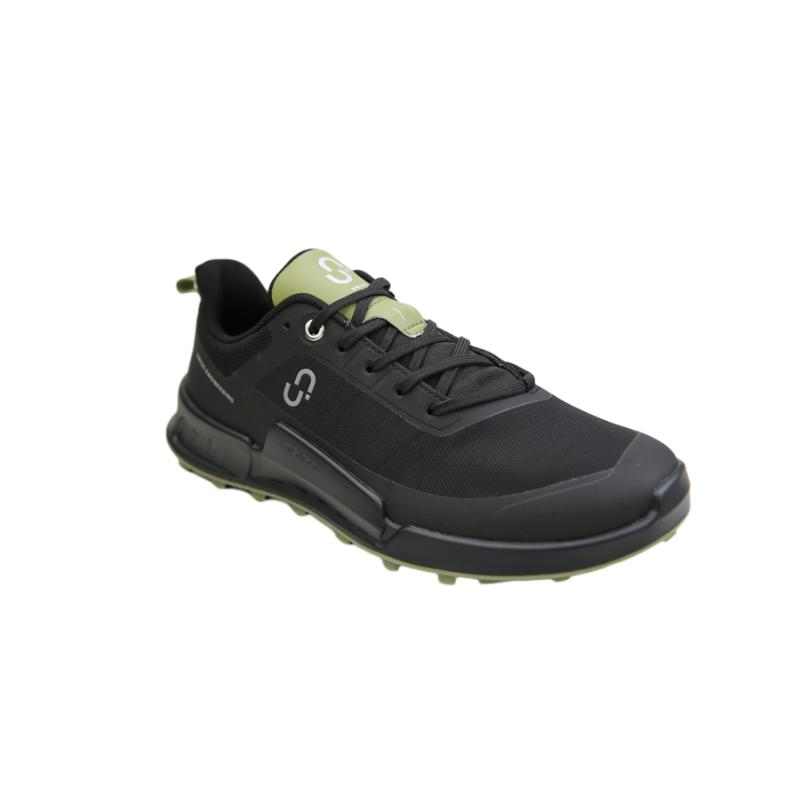
Post-assembly, each pair of new athletic shoes undergoes a comprehensive series of quality assurance tests. These include adhesion tests for sole bonding, tensile strength tests for upper materials, and flex endurance tests to simulate wear and tear. Our internal protocols are designed to meet or exceed industry benchmarks, ensuring product integrity and a prolonged lifespan. For a typical pair of well-maintained athletic footwear used for casual or light athletic activities, a lifespan of 1 to 2 years or 500-800 kilometers of walking is common, though this varies significantly with usage intensity and care. Our products are extensively applied across various lifestyle and recreational industries, offering comfort and support for daily commutes, light fitness activities, and casual wear. The advantages of our specifically engineered EVA/MD midsoles include superior cushioning, reduced impact on joints, and enhanced comfort for extended wear, making them ideal for individuals seeking reliable and comfortable one athletic shoes for everyday use.
Technical Parameters and Performance Benchmarking for Athletic Footwear
Understanding the technical parameters of athletic footwear is crucial for making informed purchasing decisions, especially for B2B buyers seeking to equip their teams or retail inventory with high-performance options. Key parameters include weight, heel-to-toe drop, cushioning stack height, outsole material hardness (durometer), and breathability ratings. For instance, a lower heel-to-toe drop (0-4mm) typically promotes a more natural foot strike, while a higher drop (8-12mm) provides more cushioning and support for heel strikers. Cushioning technology, often involving materials like EVA, MD, TPU, or proprietary foams, directly influences impact absorption and energy return. Outsole patterns and rubber compounds are designed for specific traction needs, whether for indoor courts, outdoor trails, or urban surfaces. Our Fashion Sneakers with Fabric Lining and EVA/MD Insole LW-A23076 exemplifies a balanced approach, optimized for comfort and casual wear, featuring a moderate drop and a highly responsive EVA/MD midsole for daily support.
| Parameter | Typical Performance Athletic Shoes | Fashion Sneakers LW-A23076 (Our Product) |
|---|---|---|
| Weight (US Men's Size 9) | 250-350 grams (8.8-12.3 oz) | ~300 grams (10.6 oz) - Lightweight |
| Heel-to-Toe Drop | 0-12 mm (Activity-dependent) | ~8-10 mm (Standard comfort) |
| Midsole Material | EVA, TPU, PEBA, Proprietary Foams | EVA/MD (Highly cushioned and flexible) |
| Upper Material | Engineered Mesh, Knit, Synthetics | Fabric Lining, Synthetic Overlay (Breathable and durable) |
| Outsole Material | Durable Rubber, Carbon Rubber | Rubber (Non-slip, wear-resistant) |
| Breathability | High (ventilated uppers) | Excellent (fabric lining, mesh elements) |
| Flexibility | Varies (forefoot, midfoot) | High (facilitates natural foot movement) |
The application scenarios for athletic shoes span a broad spectrum, from competitive sports to general fitness and everyday casual wear. Performance-oriented athletic footwear is designed for specific activities such as running, basketball, or training, where specialized features like stability control, maximum cushioning, or aggressive traction patterns are paramount. In contrast, general-purpose athletic footwear, including many fashionable sneakers, focuses on providing reliable comfort, moderate support, and durability for daily activities. Our LW-A23076 model, for instance, excels in scenarios requiring prolonged standing, walking, or light recreational activities. Its primary advantages lie in superior comfort derived from the fabric lining and the shock-absorbing EVA/MD insole, which collectively reduce foot fatigue and enhance user experience throughout the day. This makes it an ideal choice for businesses seeking to offer comfortable and stylish footwear for their employees or customers engaged in active lifestyles without the specific demands of high-intensity sports.
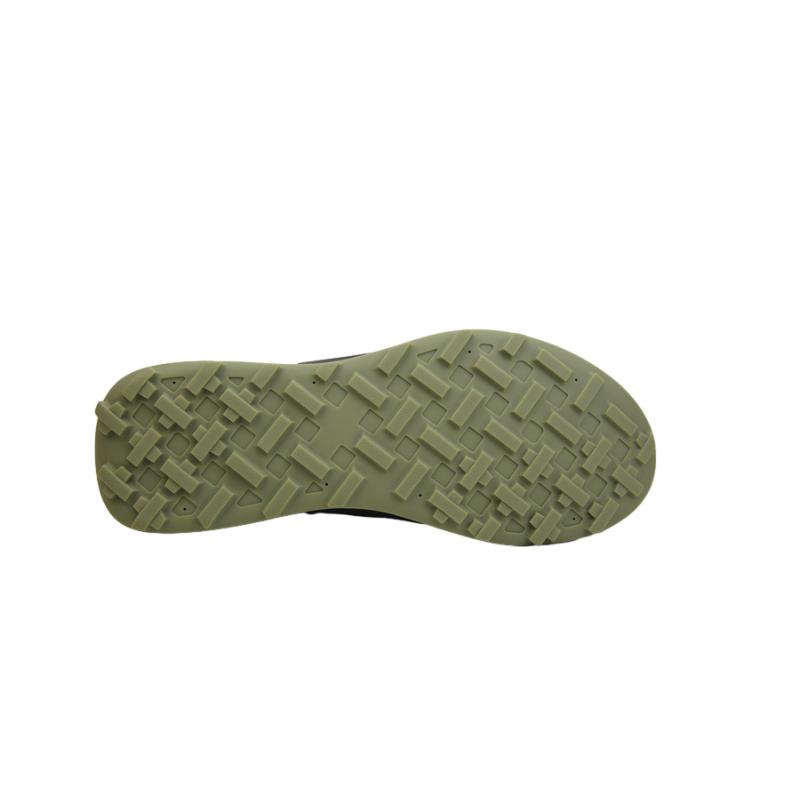
Strategic Advantages and Manufacturer Comparisons in Athletic Footwear
Selecting the right manufacturer for athletic footwear is a strategic decision for businesses, impacting product quality, supply chain reliability, and ultimately, market reputation. Leading manufacturers distinguish themselves through several key advantages: a deep understanding of biomechanics, access to proprietary material technologies, scalable production capabilities, and stringent quality control protocols. While some focus on high-performance niche markets, others, like us, specialize in combining comfort, durability, and style for broader casual and active lifestyle segments. Our core strength lies in leveraging advanced material science, particularly with our optimized EVA/MD insole technology, which provides superior cushioning and responsiveness. This contrasts with some manufacturers who might prioritize extreme lightweight construction at the expense of long-term durability or comfort. Our commitment to ISO 9001 certified manufacturing processes ensures consistent quality and adherence to global production standards, setting a benchmark for reliability in the industry.
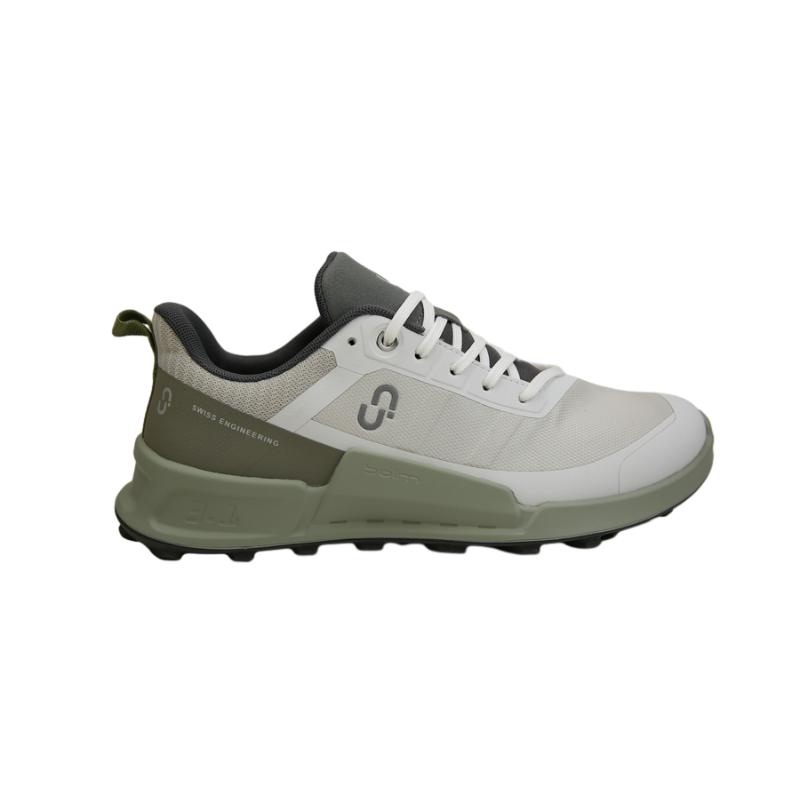
When comparing manufacturers of athletic footwear, it's essential to assess not just the product specifications but also their capacity for customization and post-sales support. Many global brands often outsource production, leading to potential inconsistencies in quality or longer lead times for custom orders. As a dedicated manufacturer, we offer comprehensive customization solutions, allowing B2B clients to tailor designs, materials, and branding for specific market needs or corporate identities. This flexibility extends to incorporating unique material choices, color palettes, and logo placements, transforming standard products into truly unique offerings. Our direct manufacturing approach streamlines the customization process, ensuring that whether you need bespoke mens athletic footwear or specialized runs of one athletic shoes, the final product perfectly aligns with your vision and market demands. This agility in production, combined with our rigorous quality assurance, positions us as a preferred partner for businesses seeking dependable and adaptable footwear solutions.
Our application cases demonstrate the versatility and reliability of our athletic footwear. For instance, a major corporate client recently implemented our Fashion Sneakers LW-A23076 as part of their employee uniform refresh program, aiming to enhance comfort and mobility for staff in active roles. Feedback highlighted significant improvements in reported comfort levels during long shifts and reduced instances of foot fatigue. Another case involved a retail chain specializing in casual lifestyle products, where our new athletic shoes consistently outperformed competitors in customer satisfaction surveys due to their durability and stylish yet understated design. These real-world applications underscore the practical benefits and tangible value our products deliver. Furthermore, our collaboration with leading material suppliers ensures that we integrate the latest innovations in fabric technology and cushioning compounds, providing a competitive edge in product performance and longevity.
Trust and Transparency: Ensuring Excellence in Your Athletic Footwear Supply Chain
Building trust in the B2B sector for athletic footwear hinges on transparency, consistent quality, and robust support systems. Our commitment to these principles is unwavering, demonstrated through our comprehensive quality assurance protocols and clear communication channels. From initial inquiry to post-delivery support, clients receive detailed insights into product specifications, manufacturing timelines, and logistical arrangements. This level of openness is critical for forging long-term partnerships, especially when sourcing high volumes of athletic shoes. We pride ourselves on a proven track record of reliable service, supported by positive feedback from a diverse clientele spanning various industries. Our adherence to international quality standards is not just a claim but a verifiable process, ensuring that every pair of mens athletic footwear or casual sneakers meets the highest expectations for performance and durability.
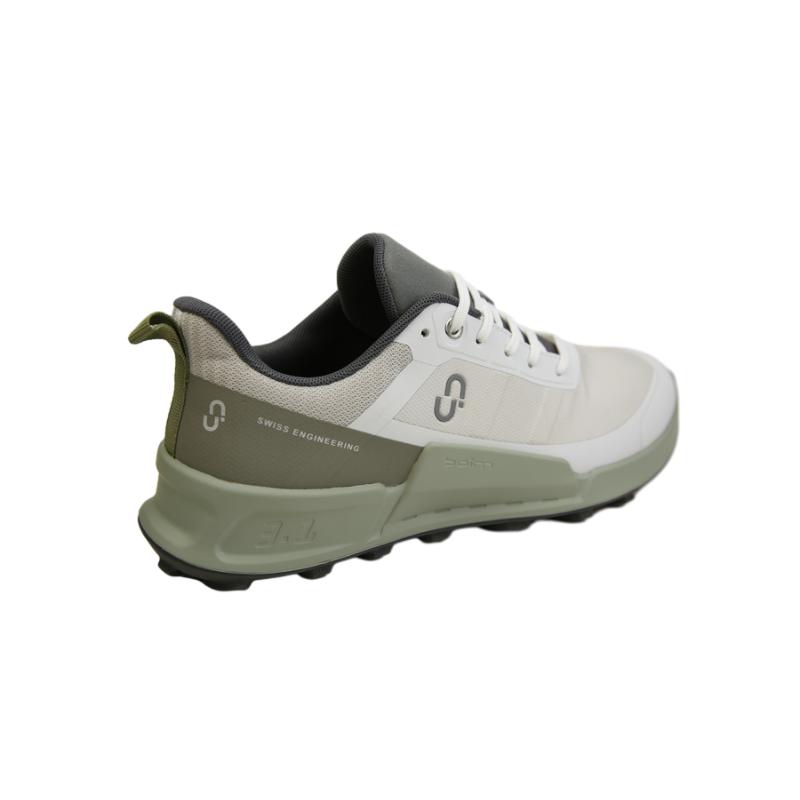
Frequently Asked Questions (FAQ)
References
- Smith, J. (2022). "Advances in Sustainable Materials for Performance Footwear." Journal of Textile and Apparel Technology.
- Brown, L. (2023). "Biomechanical Design Principles for Enhanced Athletic Footwear." International Journal of Sports Engineering and Technology.
- Wang, P. (2021). "The Role of EVA and MD Foams in Cushioning Systems of Modern Athletic Shoes." Materials Science in Sport.
-
Floral Rain Boots with Soft Inner LiningNewsAug.22,2025
-
Farm Boots Rubber with Mud Resistant SolesNewsAug.22,2025
-
Insulated Wellies for High Voltage WorkNewsAug.22,2025
-
Fire Rescue Boots with Ankle SupportNewsAug.22,2025
-
Thermal Safety Wellies Honoring Workplace CareNewsAug.22,2025
-
Waterproof Wellies Our Promise of All-Season PerformanceNewsAug.22,2025
-
Stay Dry in Any Condition with WadersNewsJul.17,2025











